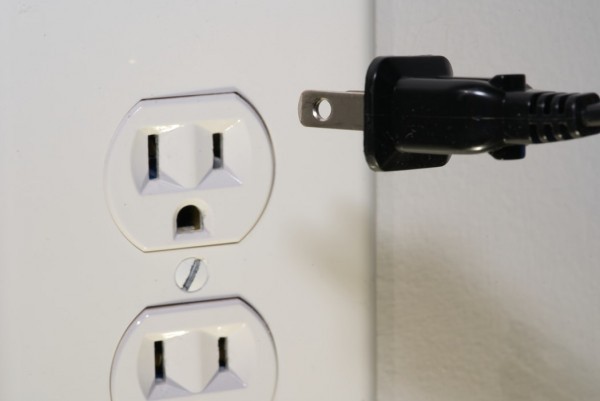
The effects of climate change are already here. It is easy to say that those large multinational corporations - including fossil fuel companies - are the most significant stimulators and contributors to climate change, and holding them accountable should win half the battle. However, we should also do our part in maintaining an active environmental consciousness that can help in lessening the carbon emission and therefore reducing our carbon footprint. Here are six ways to lessen our carbon footprint and help save our planet.
1. UNPLUG ELECTRONIC DEVICES

Producing electricity alone is among the most significant sources of carbon dioxide emissions - much so when electronic devices still use energy when they are powered down. The phenomenon in the United States alone - known as "vampire power" - costs up to US$ 19 billion in energy every year.
The electronic appliance automatically provides energy when a cord is plugged in. Hence, we contribute to our carbon footprints when we leave devices unplugged. Therefore, unplugging electronic devices, when unused, is recommended.
2. LINE-DRY YOUR CLOTHES

Line-drying clothes is a healthier alternative compared to using a dryer. Line-drying clothes - in the first place - do not use electricity; hence it could help us cut our carbon dioxide emissions.
Most people in the United States, unfortunately, prefer utilizing the dryer even though it cost as much electricity as turning on 225 light bulbs and is one of the top energy-consuming appliances in the world.
3. DRIVE LESS

More and more cities worldwide are improving their areas for a friendly commute to discourage people from owning a car. Cities are investing in bike lanes as people are beginning to use bicycles again to travel to and from work or be around town.
Challenge local government units to develop an environmentally friendly city plan where walking and commuting are encouraged, and public transportation is efficient. The effectivity of public transportation in the United States, for instance, saves more than 30 million tons of carbon emission per year.
4. PLANT A GARDEN

Raising a garden nowadays is a lot easier with the rise of new technology in farming, such as hydroponics and vertical gardening. Plants are an excellent way to help decrease carbon footprints since they absorb carbon dioxide and produce oxygen that humans breathe - planting insect-friendly flowers, particularly for bees that are responsible for the pollination of plants, are also recommended.
Establishing urban gardens will help lessen "urban heat island" and would lead to better cooling since cities are relatively warmer compared to rural areas because of pavement and concrete buildings. Planting trees, meanwhile, could help provide shade for open spaces.
5. EAT LOCAL AND ORGANIC FOOD

Air travel is one of the most significant carbon dioxide emissions contributors, and things will not help when the trade is often reliant on air travel. Eating locally grown food, aside from improving your local farmers with their agricultural business, would help in lessening carbon footprints created by shipping food.
Eating organic produce guarantees the absence of pesticides and other environmentally harmful compounds. Choose whole grains and avoid processed foods, too. It is better for the environment and health.
There are more simple ways to minimize our carbon footprint, but the examples above can be a good start.
© 2025 NatureWorldNews.com All rights reserved. Do not reproduce without permission.





